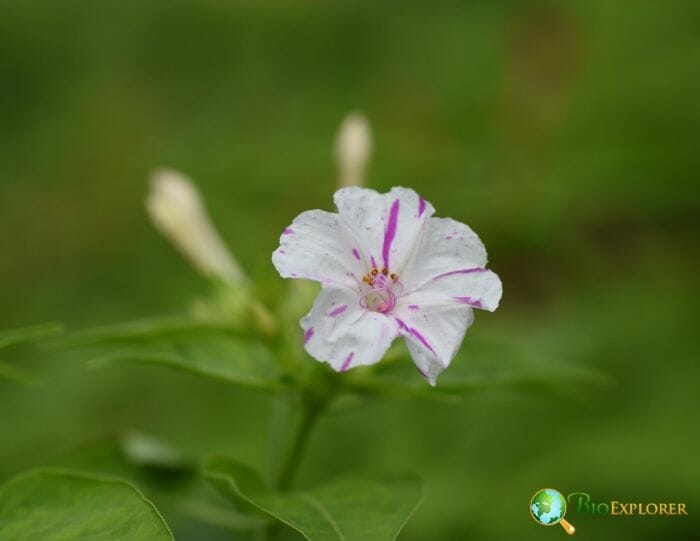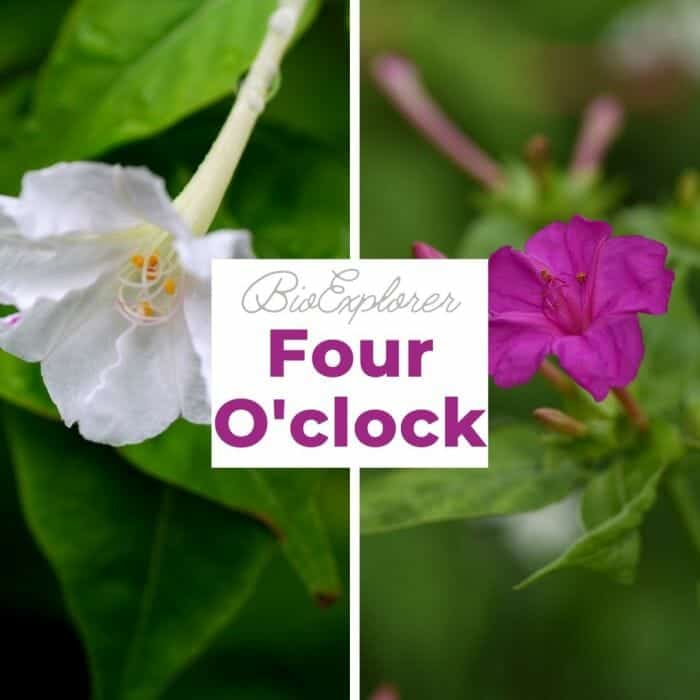
Four O’clock will delight both your eyes and your nose, with fragrant tubular flowers that come in a variety of patterns and colors. Often, you even get different colored flowers on the same plant.
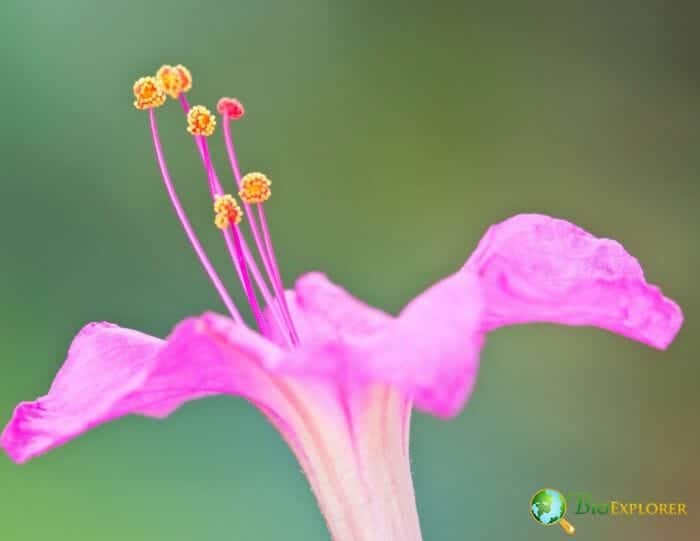
Four O’Clock (Mirabilis jalapa) is a fascinating flower native to Mexico, famous for its bright, trumpet-shaped blooms that open in the late afternoon — hence the name. Uniquely, the same plant can produce flowers of different colors (pink, yellow, white, even multicolored stripes).
The Aztecs cultivated Four O’ Clocks not only for decoration but for medicinal uses, particularly treating inflammation and wounds. The Spanish introduced it to Europe in the 16th century, where it became a botanical curiosity. Today, it remains an iconic sight in Mexican home gardens, where its sweet evening scent draws moths and hummingbirds.
These conspicuous flowers open around 4 p.m. late in the afternoon (hence the name) and close the next morning. The four o’clock flower, Mirabilis jalapa, was initially found in South America’s Andes Mountains.
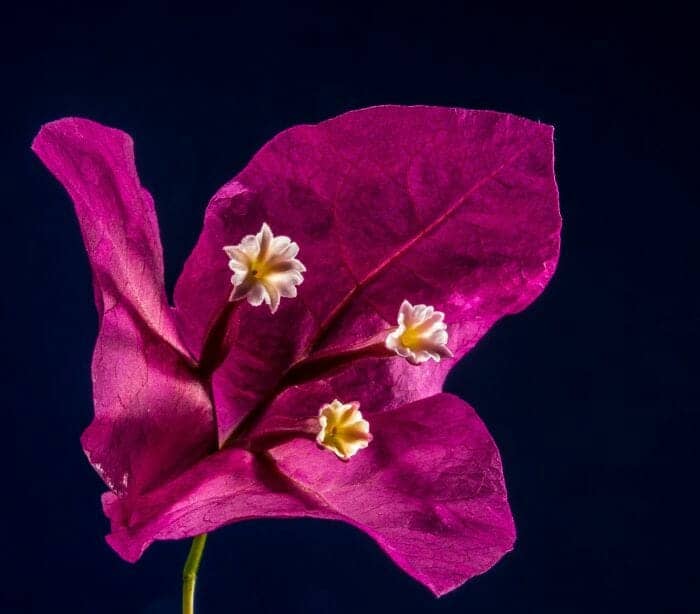
Common names are Marvel of Peru, False Jalap, Coat of Many Colors, and Beauty-of-the-Night. There are about 45 species[1] in the genus Mirabilis.
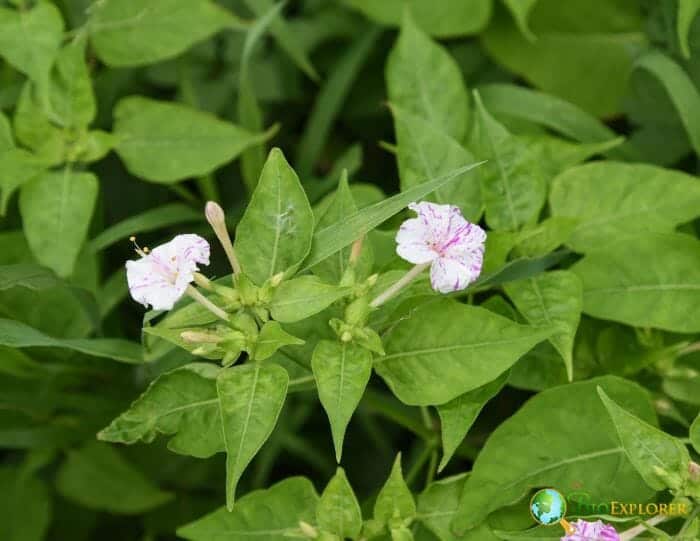
Four O’clock is a long-lived herbaceous (perennial) plant that can reach 2 meters tall with a bulbous root. Its leaves have an egg-shaped outline with a wide end at the base (oval), triangular or oblong, and grow up to 9 cm long.
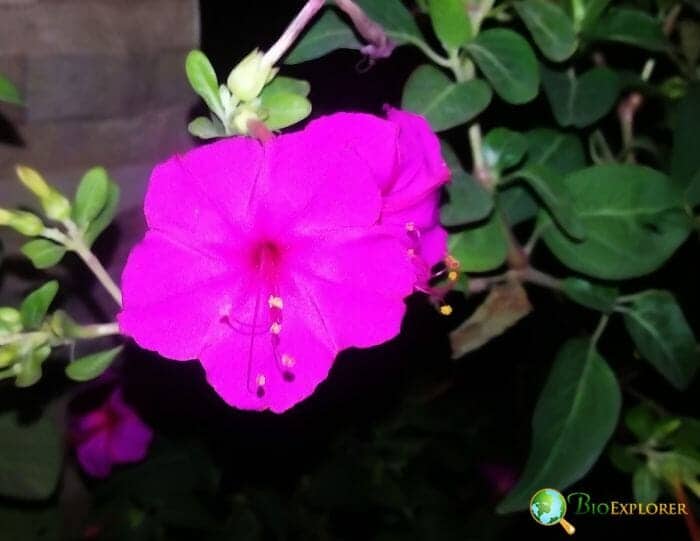
The tip of the leaf is pointed, and the base is heart-shaped. The petiole (leaf stalk) is 4 cm long. The flowers of Four O’clock are found in clusters of 3-7; flower stalks are more or less absent; the flowers are tubular, red, pink, or white, up to 6.5 cm long and 3.5 cm wide with 5 to 6 stamens.
